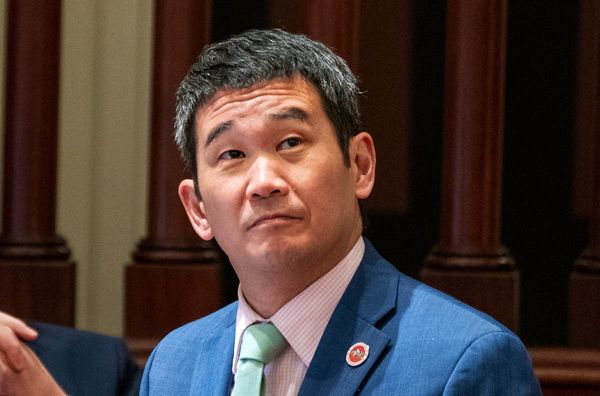
Inflation went in the wrong direction at the end of 2023. It might seem like a small, possibly insignificant, reversal of a downward trend, but December’s rise in the consumer prices index (CPI) to 4% in December from 3.9% in November is a blow to the government and the Bank of England in their battle against rising prices.
Setting aside the quirks in the figures, such as the rise in tobacco prices after a sharp increase in duty, the real problem was how businesses continue to charge each other ever-larger bills for their services.
Last year, they had good reason to put up prices. They had higher gas and electricity prices to pay and workers had begun to play catch-up in annual wage demands to prevent a potentially huge drop in their living standards. Those pressures are ebbing away now, but still services firms are charging ever higher amounts for their work, and that is being passed on to consumers.
Competition is supposed to prevent this happening. And while it seems to be influencing sectors such as food, where price inflation is coming down, in the areas of the economy most of us cannot see – the myriad of buying and selling for business and financial services – competition is failing to work its magic.
Core inflation, which excludes items such as energy, food, alcohol and tobacco, was unexpectedly unchanged at 5.1% and services inflation increased from 6.1% to 6.2%.
There are analysts who believe the Bank of England will be influenced by the latest figures to caution against any predictions of interest rate cuts. Before Wednesday’s CPI release, financial markets had expected five rate cuts this year starting in May, taking the cost of borrowing down from 5.25% to below 4%.
That timeline has since shifted slightly, with investors now forecasting June to be the start date for perhaps just four rate cuts this year.
France, Germany and the US have seen the same blips in the downward path of inflation and officials at the US Federal Reserve and the European Central Bank, which covers the 20 members of the eurozone, have made more cautious speeches in recent days about the path of interest rate reductions.
The UK is expected to see a small rise in January’s figures when they are published next month, which economists are ready to put down to dramatic falls in energy price inflation last year that declines over the subsequent 12 months could not match.
A rise in CPI for December and again in January will certainly make the Bank think twice about signalling sharp cuts in rates. It could judge that services companies need more harsh medicine in the form of high interest rates to force them to bring down prices.
If that is the Bank’s solution, Jeremy Hunt’s plan to boast of sharply falling interest rates during an election campaign will be toast. There are still 1.5m households waiting to remortgage this year and their finances will look burned as well.
Then again, much-predicted declines in the CPI during February, March and April, taking inflation down to 2% – notwithstanding an escalation of the Middle East conflict and its effect on shipping – could prove financial market bets to be more savvy than they currently look.







